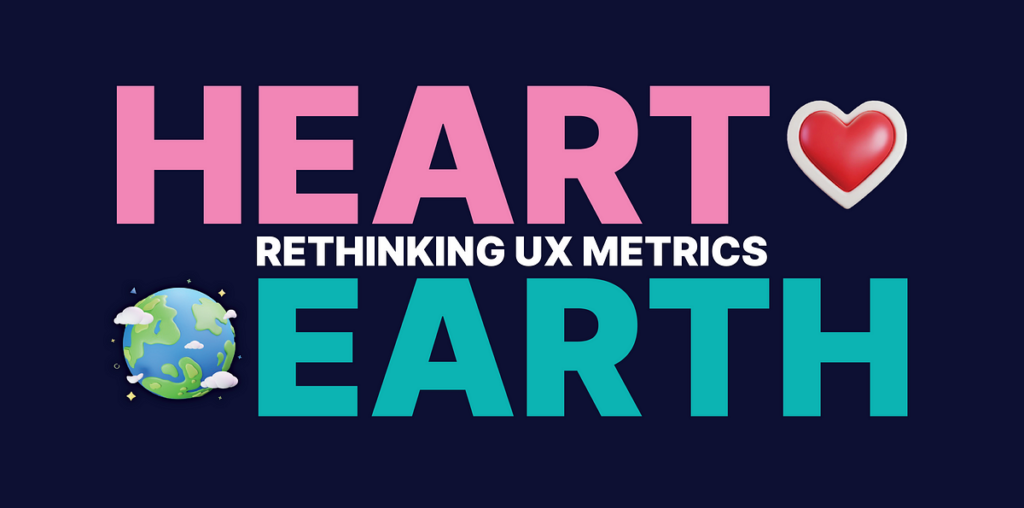By now, the HEART framework should be known to every UX designer, as it reaches close to a decade since Kerry Rodden, Hilary Hutchinson, and Xin Fu from Google’s research team introduced the framework to the community.
In a nutshell, the framework comprises 5 categories: happiness (H), engagement (E), adoption (A), retention (R), and task success (T), forming the word HEART. Each category also comes with three parameters: the goal (G) or objective, the signal (S) or evidence of a user’s actions, and the quantifiable metrics (M). A UX practitioner then fills in the relevant information pertaining to the product they are designing and tracks the results accordingly.
Given its usefulness to help designers to focus on key aspects of design objectively, along with its catchy name, it’s no surprise that the HEART framework is a popular tool among designers. And while there are many other metrics, like the pirate metrics (AARRR) and more traditional measures like system usability scale (SUS), none sticks better than…

